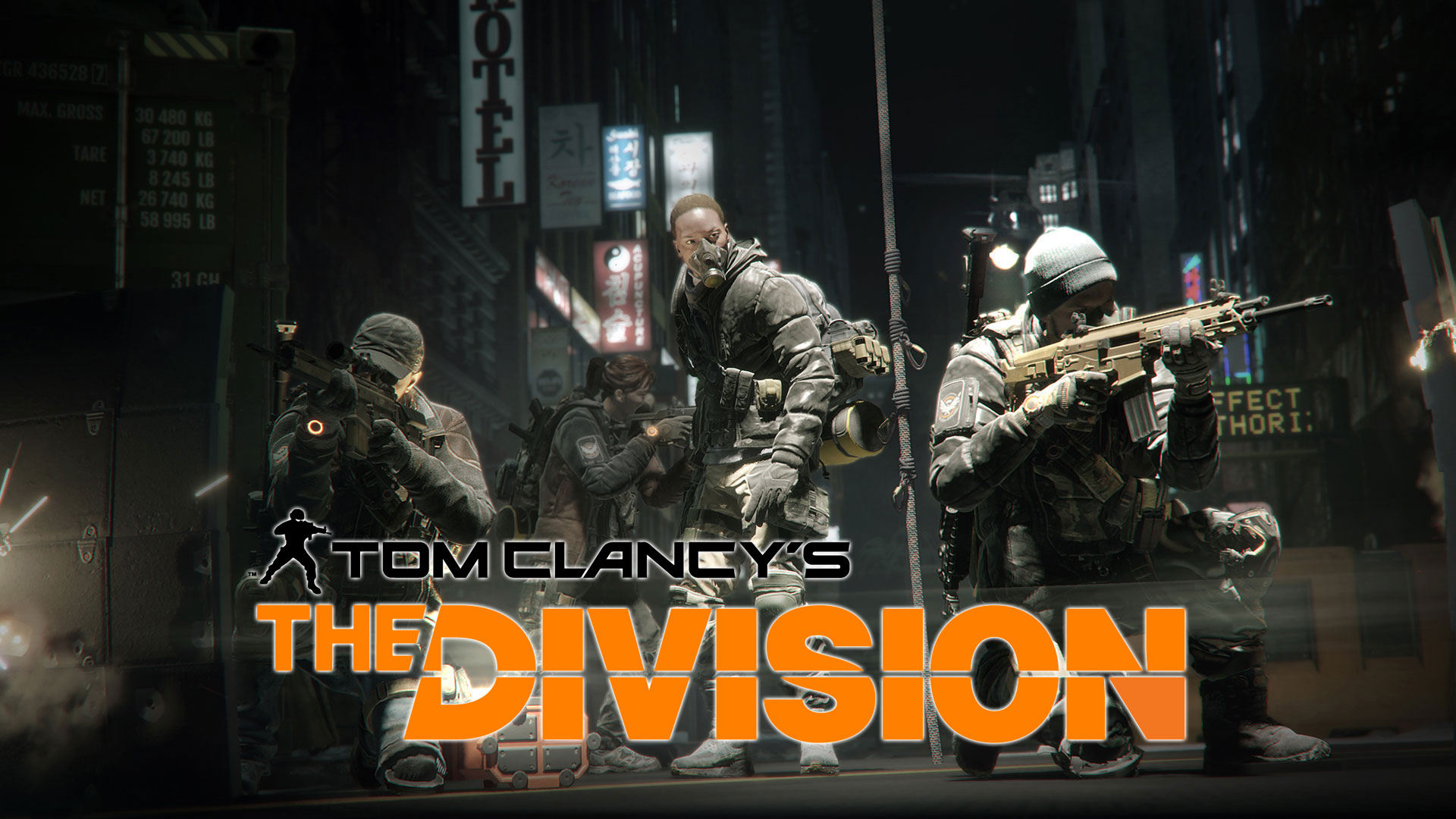Tom Clancy's The Division – Benchmarks and optimization guide

Welcome to the End of the World
Early last week, The Division hit the ground running, with generally favorable initial impressions. Time hasn't been that kind to the game, but there are a lot of things Ubisoft could do to change the experience. Our full review has the details, if you're interested in hearing about the game play, story, and other elements, but what about performance? A game that won't run well on your system—or will only run well if you drop the graphics quality so far that it looks like a different game—isn't any fun. So we're here with some benchmarks and a full investigation of the graphics settings.
We'll start with the benchmarks before we get to the optimization guide, as it's good to know where hardware falls in terms of performance before we start trying to tweak settings. Let's clear the air on a few other items as well, though. The Division can be nominally called an "Nvidia" title, as it makes use of some GameWorks libraries—nothing new there, since Ubisoft has been rather quick to pick up GameWorks libraries. Interestingly, however, this is not a "The Way It's Meant To Be Played" title—or at least, there's no Nvidia branding when you launch the game. Make of that what you will, but the presence of GameWorks means there's at least one setting that isn't available on AMD's GPUs (Nvidia's HFTS shadows, which requires a Maxwell 2 GPU).
As far as performance goes, there's some good news and bad news when it comes to The Division; let's start with the good. First, it has a built-in benchmark sequence, which in our experience churns out consistent results. That means anyone and everyone can run similar tests to what we're using, and use that to compare their hardware to ours—feel free to sound off in the comments.
The bad news is that the benchmark numbers seem to be a bit off—we've looked at the results and used FRAPS to log frames over the test sequence, and the reported results are almost always higher than what FRAPS gives us. Also, the game reports a 99 percentile FPS, which is sort of the opposite of what we normally want to see—we like to see the lowest one percent (or in our case, three percent) of frame rates, not everything except the lowest one percent.
The other piece of bad news is that the benchmark, while consistent, is not necessarily a great indication of actual gameplay. It's a scripted sequence, and we've noticed that in some scenes frame rates can be lower than the reported averages by about 25 percent. So, know that the benchmark results are not a worst-case result, but more an indication of relative performance. Furthermore, our results will differ by up to 15 percent (give or take) from the game's reported FPS, in most cases for the worse, since the start and end of the benchmark sequence typically have higher fps.
We've used the following hardware for testing:
| PC Gamer's 2016 GPU Test Bed | |
|---|---|
| CPU | Intel Core i7-5930K: 6-core HT OC'ed @ 4.2GHz |
| Mobo | Gigabyte GA-X99-UD4 |
| GPUs | AMD R9 Fury X (Reference)AMD R9 390 (Sapphire)AMD R9 380X (Sapphire)AMD R9 380 (Sapphire)AMD R9 290X (Gigabyte)AMD R9 285 (Sapphire)Nvidia GTX 980 Ti (Reference)Nvidia GTX 980 (Reference)Nvidia GTX 970 (Asus)Nvidia GTX 960 2GB (EVGA)Nvidia GTX 950 2GB (Asus)Nvidia GTX 770 2GB (Reference) |
| SSD | Samsung 850 EVO 2TB |
| PSU | EVGA SuperNOVA 1300 G2 |
| Memory | G.Skill Ripjaws 16GB DDR4-2666 |
| Cooler | Cooler Master Nepton 280L |
| Case | Cooler Master CM Storm Trooper |
| OS | Windows 10 Pro 64-bit |
| Drivers | AMD Crimson 16.3 Beta Nvidia 364.51 |
Keep up to date with the most important stories and the best deals, as picked by the PC Gamer team.
Jarred's love of computers dates back to the dark ages when his dad brought home a DOS 2.3 PC and he left his C-64 behind. He eventually built his first custom PC in 1990 with a 286 12MHz, only to discover it was already woefully outdated when Wing Commander was released a few months later. He holds a BS in Computer Science from Brigham Young University and has been working as a tech journalist since 2004, writing for AnandTech, Maximum PC, and PC Gamer. From the first S3 Virge '3D decelerators' to today's GPUs, Jarred keeps up with all the latest graphics trends and is the one to ask about game performance.


